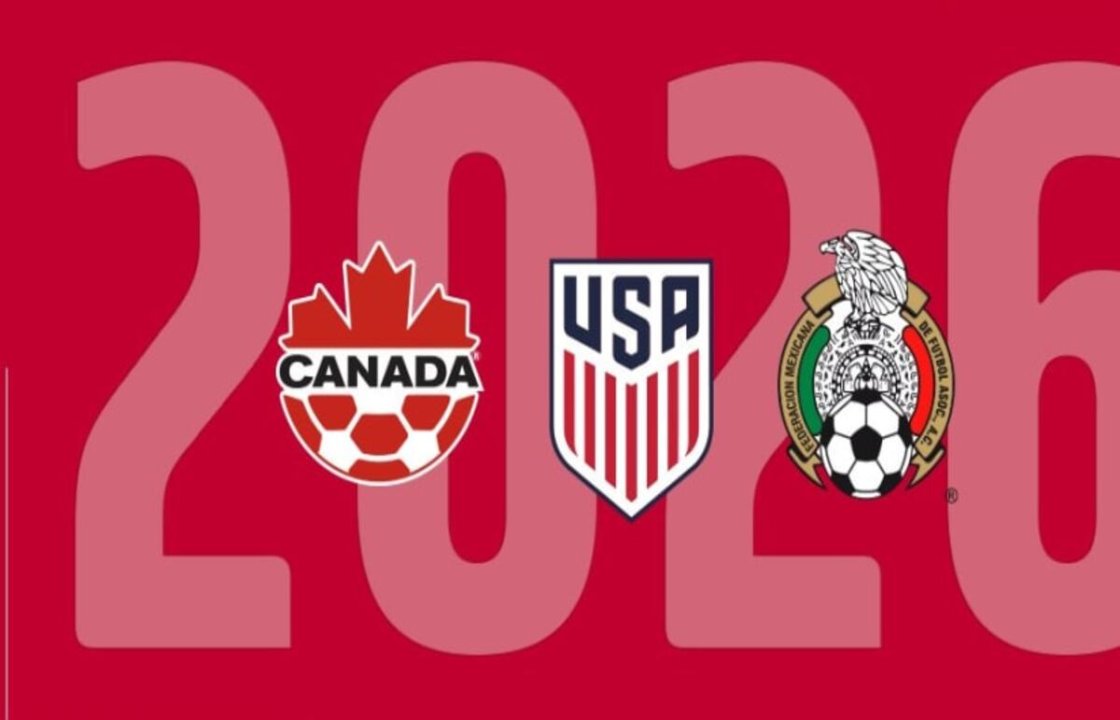Soccer’s greatest spectacle returns to the U.S. in 2026, promising an unforgettable World Cup like never before!
In 2026, soccer’s grandest stage—the FIFA World Cup—returns to the United States, marking the first time since 1994 that the country will host the world’s most-watched sporting event. But this time, it’s bigger and better. With a new 48-team format and games spread across the U.S., Canada, and Mexico, the World Cup 2026 promises to be an unforgettable celebration of the beautiful game, bringing fans from every corner of the globe to witness history.
The 2026 tournament will be groundbreaking in more ways than one. Not only will it be the first World Cup hosted by three nations, but it will also be the first with an expanded format, featuring 48 teams. This change opens the door for more nations to compete on soccer's biggest stage, promising to showcase an even wider array of footballing cultures and styles. More teams mean more drama, more upsets, and more opportunities for underdogs to make their mark in World Cup lore.

For U.S. soccer fans, this larger format will deliver more high-profile matches, with stadiums across the country set to host games featuring the world’s top teams and players. From Los Angeles to New York, Dallas to Miami, fans will have the chance to witness the world’s elite footballers competing for the ultimate prize—bringing the excitement and passion of international soccer to their hometowns.
Soccer in the U.S. has been on the rise for years, and the 2026 World Cup will only accelerate that growth. Major League Soccer (MLS) has expanded rapidly, while the U.S. Men's and Women’s National Teams have made significant strides on the global stage. The 1994 World Cup left a lasting legacy, sparking the soccer boom that led to the creation of MLS. Now, with the sport firmly entrenched in the American sports landscape, the 2026 tournament could be the catalyst for even greater growth.
Hosting the World Cup will inspire the next generation of players and fans, continuing to build the foundation for the U.S. to become a true soccer powerhouse. It’s also an opportunity to showcase the diversity and passion of American soccer culture, where fans from all backgrounds come together to celebrate the world’s game.

One of the most exciting aspects of the 2026 World Cup will be the venues. Iconic stadiums like the Rose Bowl in Pasadena, the AT&T Stadium in Dallas, and MetLife Stadium in New Jersey will host some of the tournament’s biggest matches. These venues, already known for hosting major sporting events, will come alive with the energy of passionate soccer fans from around the globe.
While the U.S. will host the majority of matches, Canada and Mexico will also be crucial parts of the tournament, making this World Cup a truly North American celebration. Mexico, a country with a rich soccer history, will add its own flavor to the tournament with its passionate fanbase and iconic Estadio Azteca, which will become the first stadium to host three World Cups. Canada, meanwhile, is emerging as a new soccer power, with a rapidly improving national team and a vibrant soccer culture of its own.
This collaboration between the three nations reflects the unity and spirit of the World Cup, showcasing how soccer can bring countries and cultures together on a global scale. Fans will have the unique opportunity to travel between the U.S., Mexico, and Canada to experience the full spectrum of soccer culture across North America.

For the United States, the 2026 World Cup represents not just a chance to host the world, but a chance to establish itself as a permanent force in international soccer. The tournament will bring soccer into the mainstream like never before, potentially sparking a new soccer revolution in a country where American football, basketball, and baseball traditionally dominate. But as soccer’s global appeal continues to grow, the U.S. is poised to embrace the sport on a massive scale.






